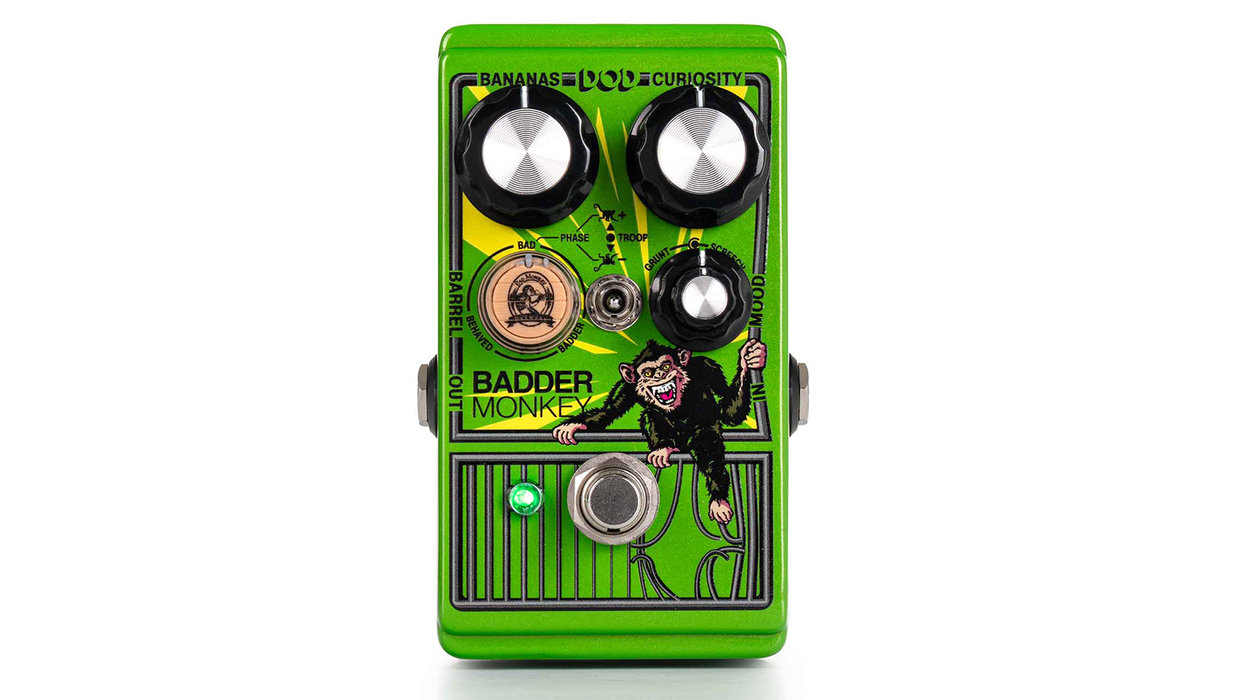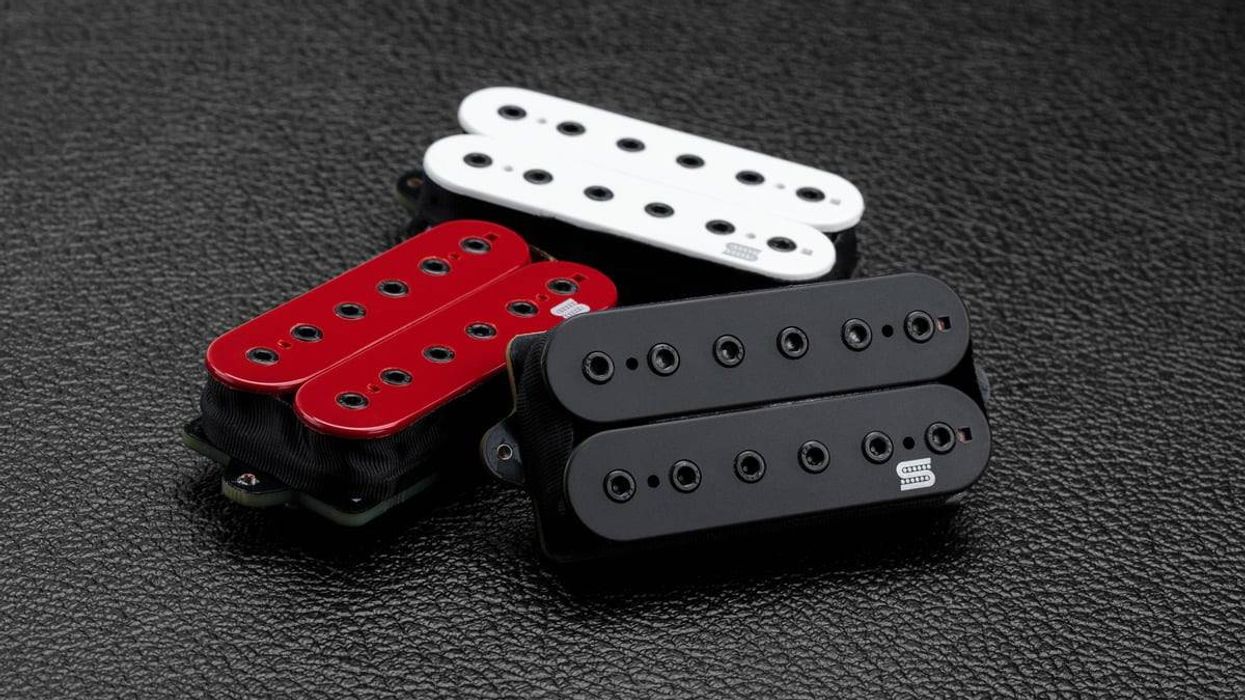A contemporary, pedal-sized take on vintage, tremolo-equipped tube amplifiers, the Lighthouse deliversauthentic edge-of-breakup, overdriven amp tones, and selectable Harmonic or Bias tremolo.
Adding to their line of boutique guitar pedals, Bennett Custom Audio introduces the Lighthouse Amplitude Modulating Amplifier. A contemporary, pedal-sized take on vintage, tremolo-equipped tube amplifiers, the Lighthouse deliversauthentic edge-of-breakup, overdriven amp tones, and selectable Harmonic or Bias tremolo.
With two dual-function footswitches, the Lighthouse allows you to ramp up and down the tremolo effect, with tap tempo capability for setting the effect’s speed. The pedal implements BCA’s new proprietary high-voltage internal power circuitry – delivering massive headroom, low noise, and consistent performance.
The Lighthouse represents a new design philosophy for BCA, as founder Mark Bennett pushes to capture vintage, sought-after tones by combining modern technology with classic design techniques.
Notable Lighthouse features include:
- All-analog signal path, featuring a discrete pre-amp w/gain control and high-headroom output stage
- Two tremolo modes: Harmonic & Bias – selectable with a two-position toggle switch – with each having a separate, individually-tuned signal path to best capture the sound of their respective style of tremolo
- Analog controls for Gain, Presence, Volume, Wet/Dry Mix, and Tilt EQ. The Tilt EQ acts only on the wet signal, allowing for interesting tonal contrasts between the dry and wet signals
- Digitally controlled LFO with standard rate & intensity controls, tap tempo w/ multipliers, and momentary rate ramping activated via the footswitches
- 3 LFO waveforms selectable via a dedicated 3-position toggle switch: Square, Sine, and Sawtooth. In bias mode, the square wave activates “chop” mode, where the intensity controls the wave’s duty cycle (on and off time) rather than the depth
- Proprietary high-voltage internal power circuitry: Powered by any 9-24VDC external power supply, it internally delivers a clean 30VDC split-rail voltage to the audio circuitry for consistent, reliable performance
- Relay-based true bypass switching, top-mounted jacks
- Bi-color indicator LED that pulses with the LFO, giving a visual indicator of the LFO’s settings
Each Lighthouse is proudly hand-assembled in St. John’s, NL, Canada using high-quality, globally sourcedcomponents. MSRP is $379 CAD (approx. $275 USD), available exclusively through our website.
For more information, please visit bennettcustomaudio.com.


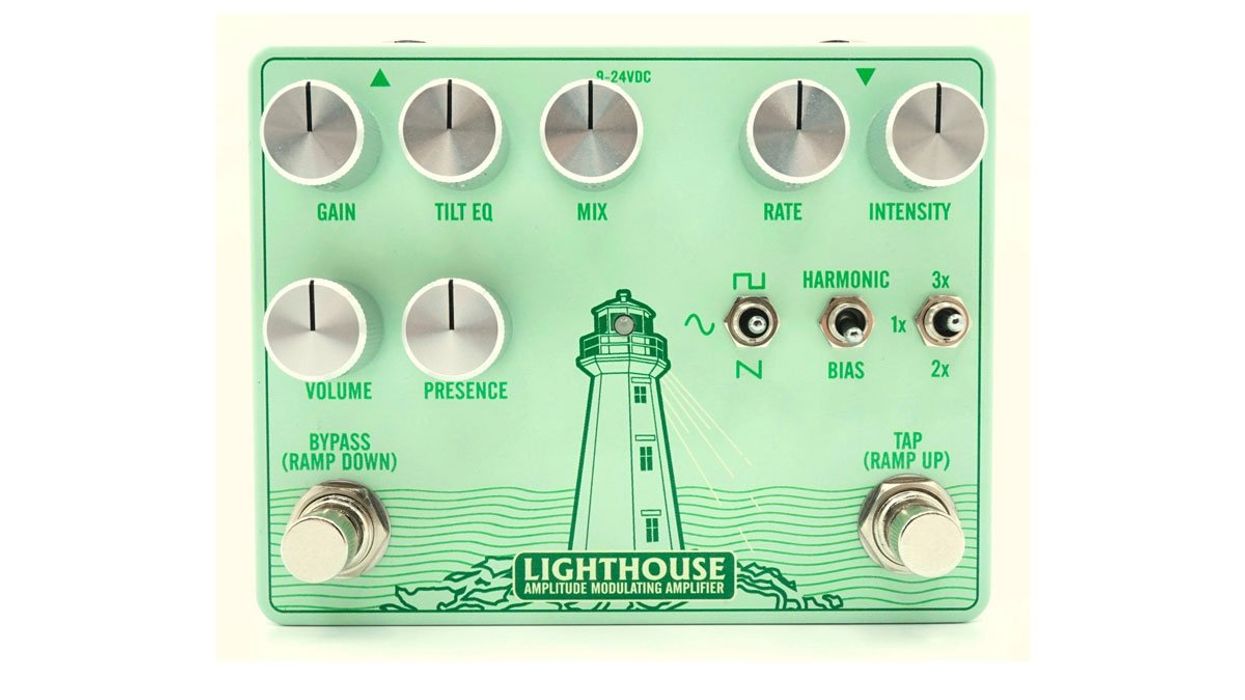



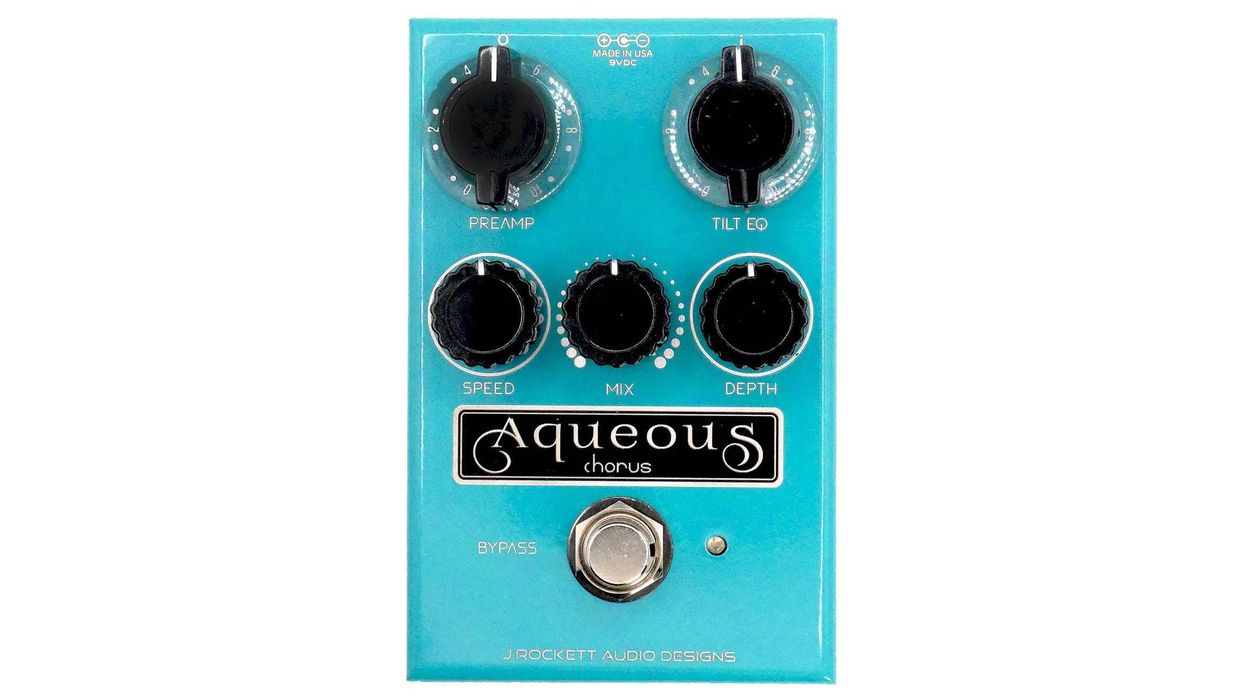
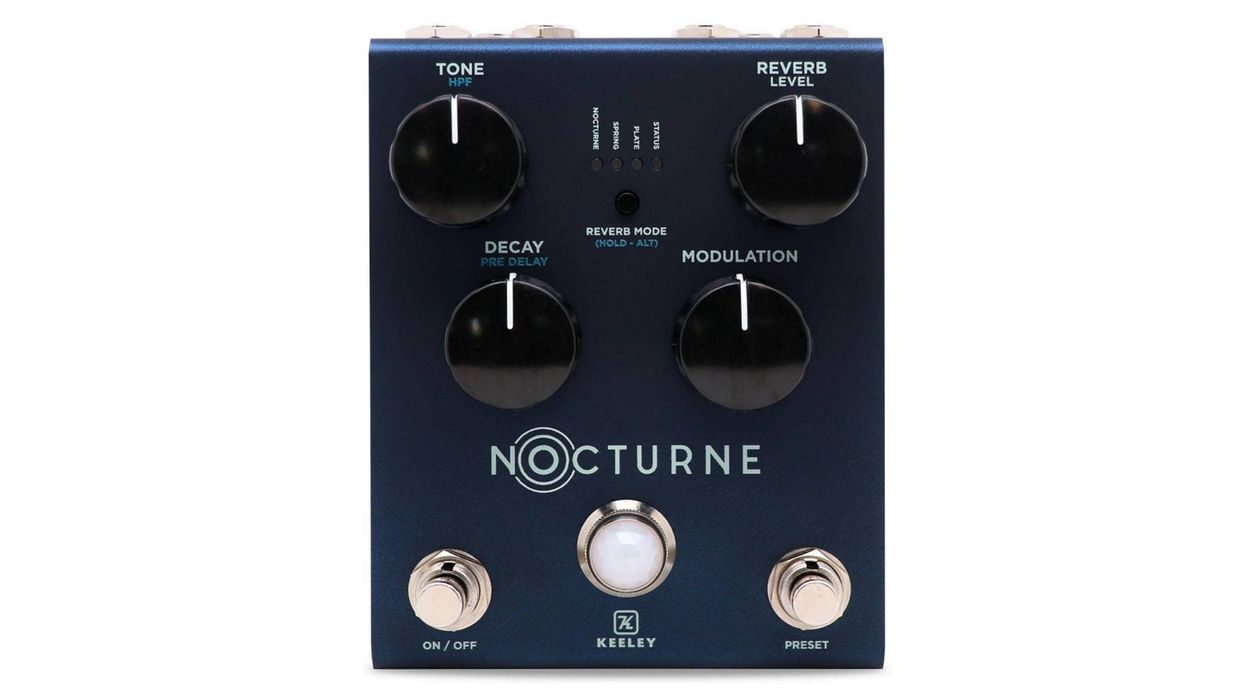

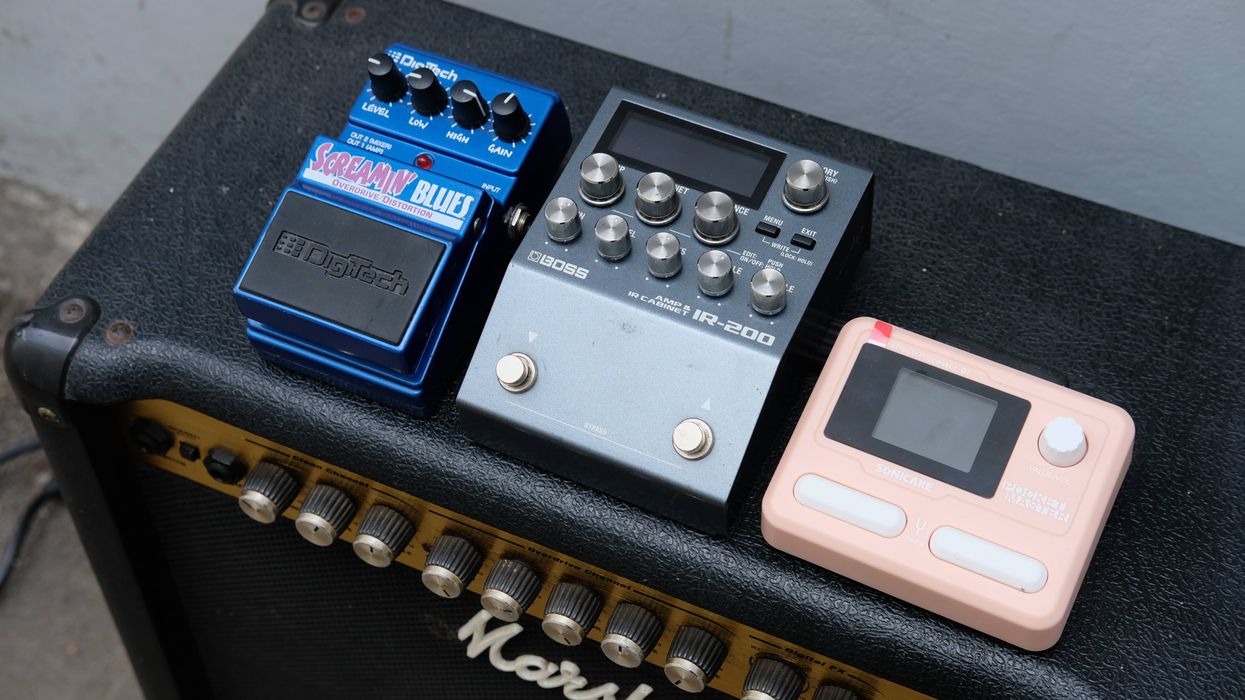
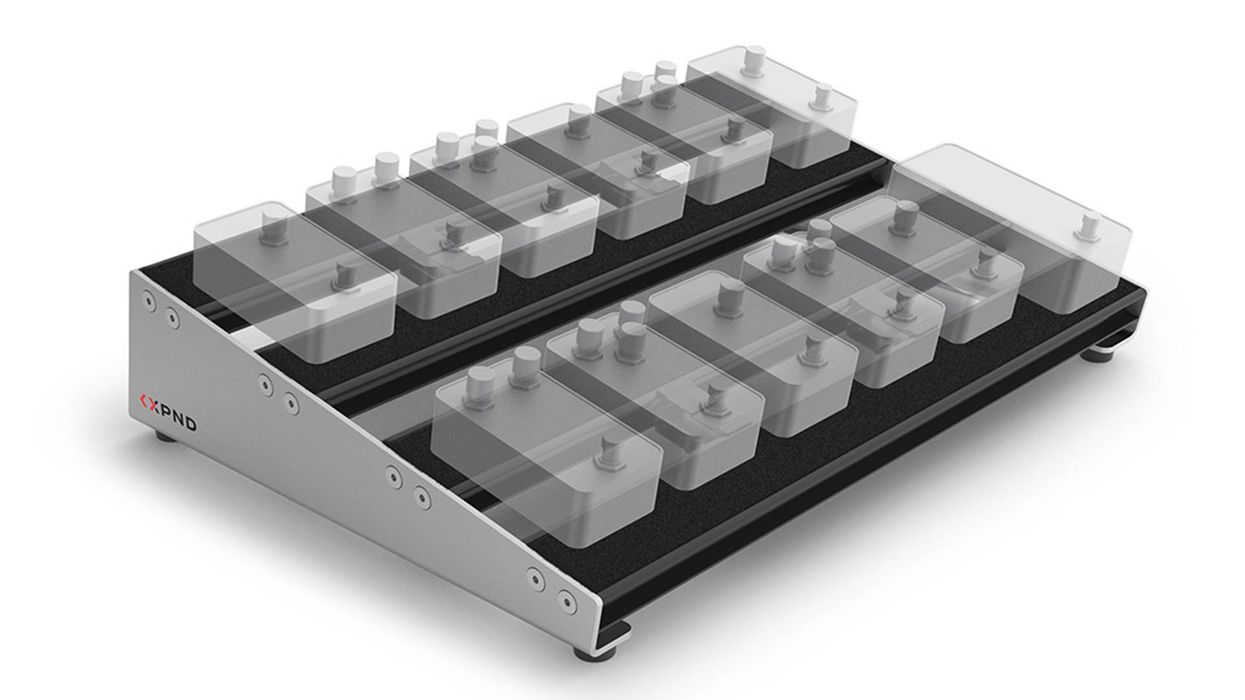
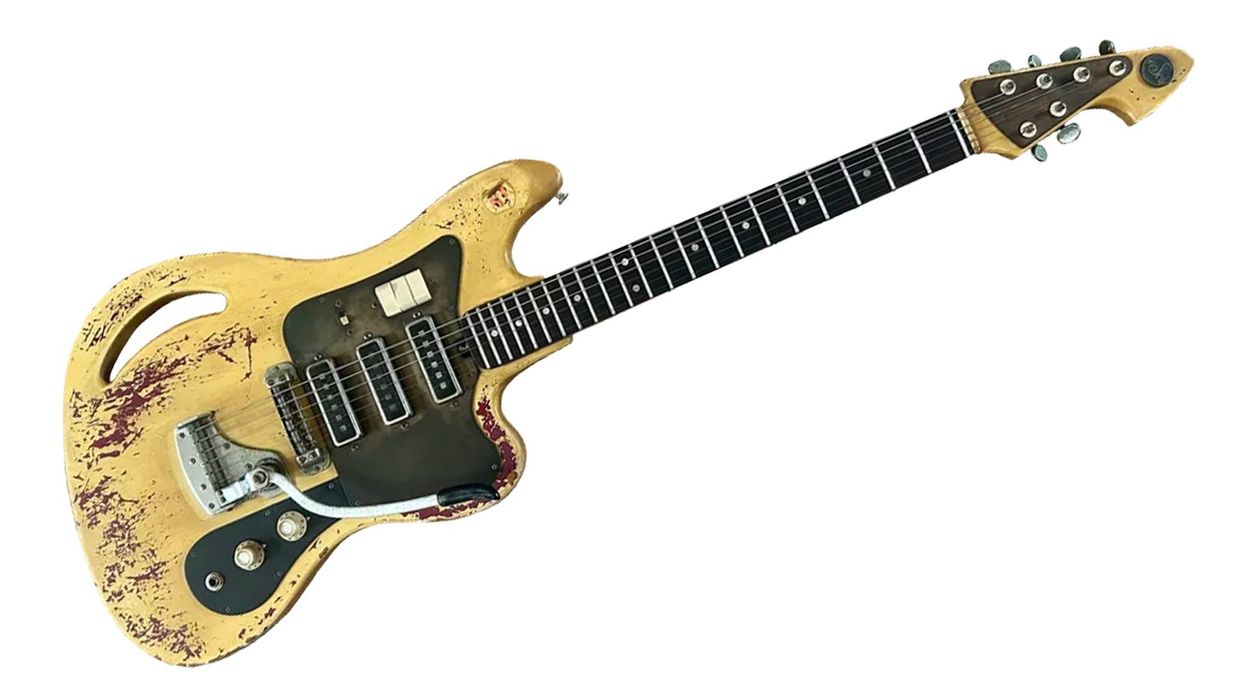
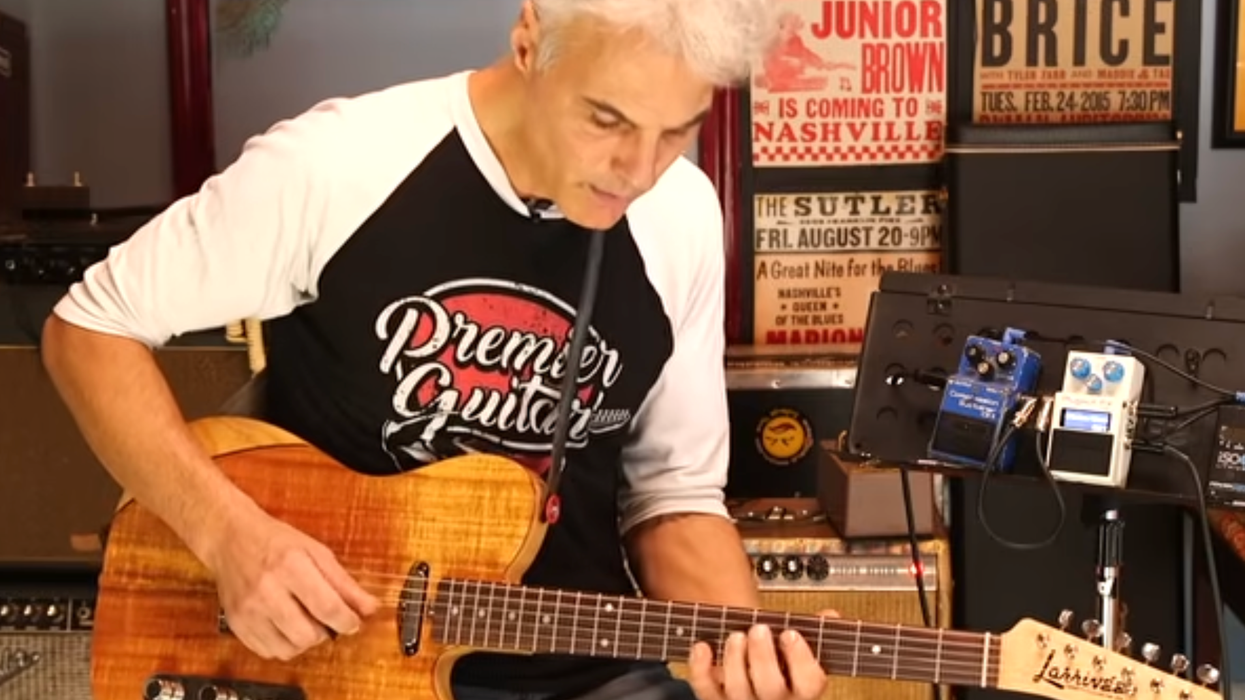
![Rig Rundown: Russian Circles’ Mike Sullivan [2025]](https://www.premierguitar.com/media-library/youtube.jpg?id=62303631&width=1245&height=700&quality=70&coordinates=0%2C0%2C0%2C0)



